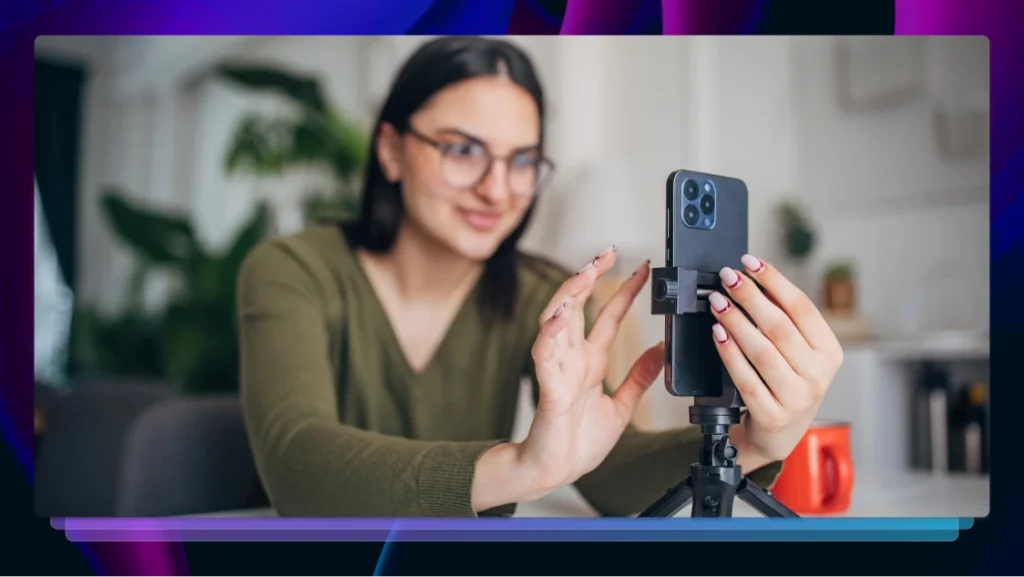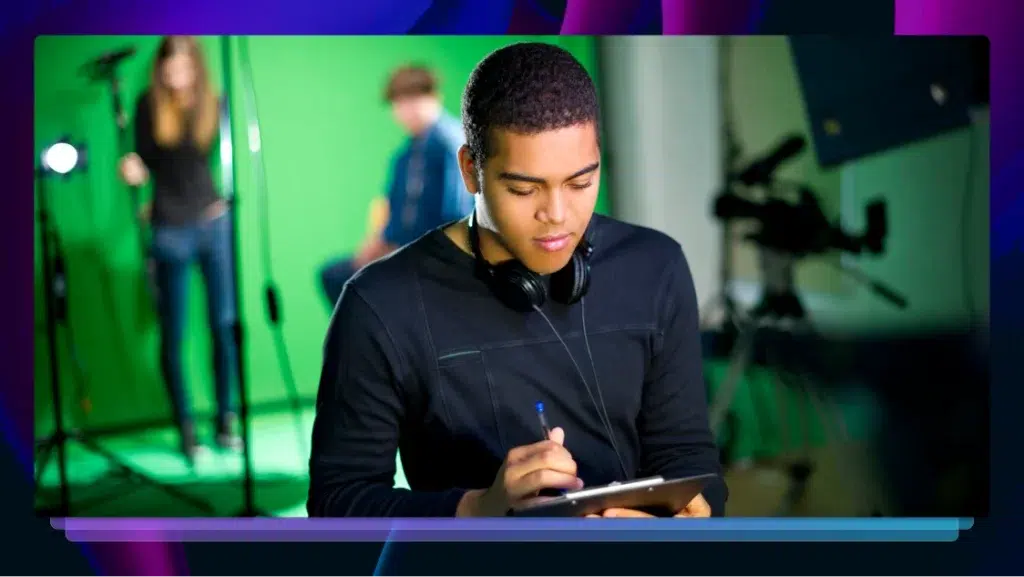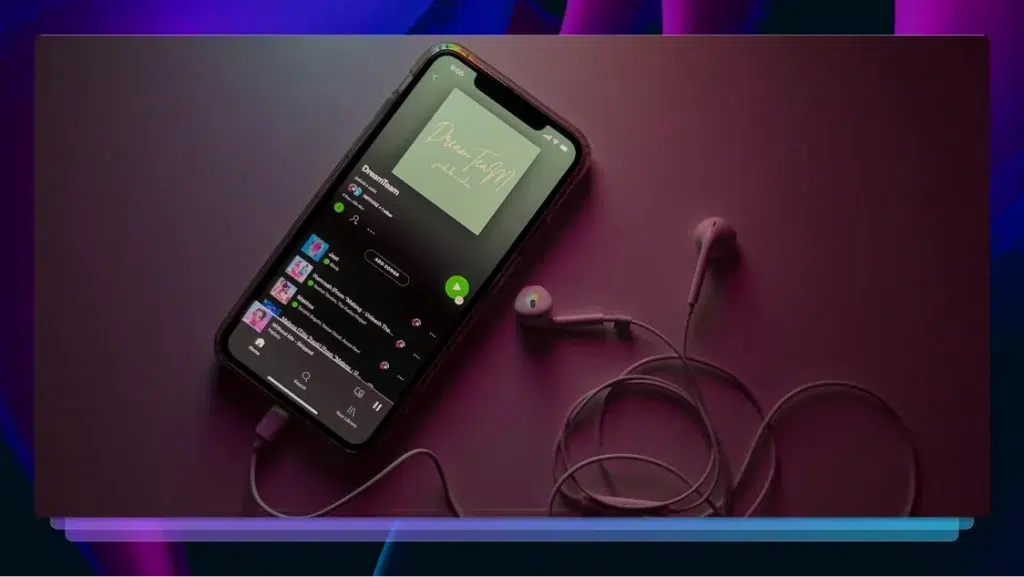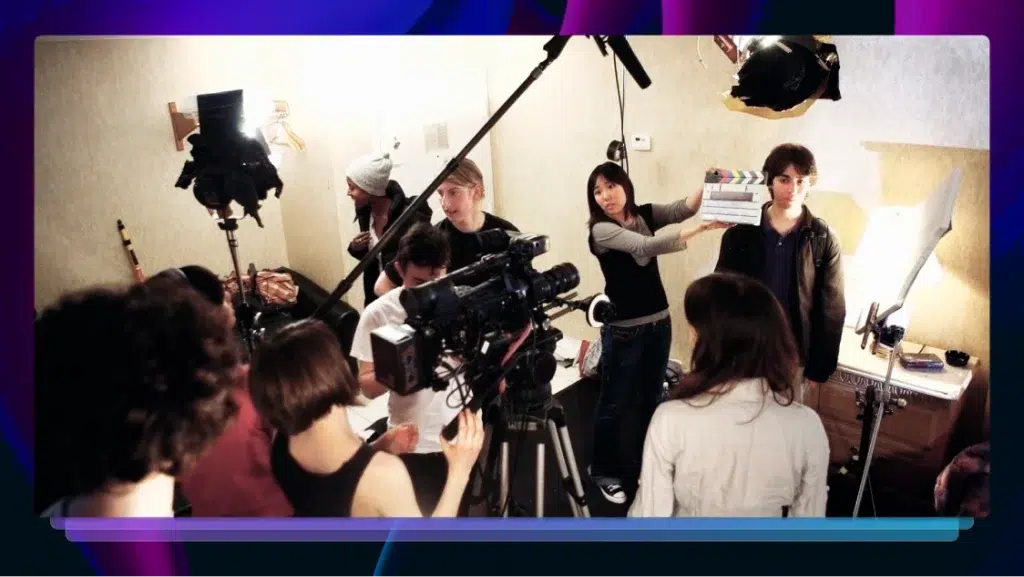Why You Should Turn Your Podcasts into YouTube Videos ASAP
Do podcasts belong on YouTube? Absolutely. Discover how to turn your podcasts into YouTube videos to reach a huge base of active users.
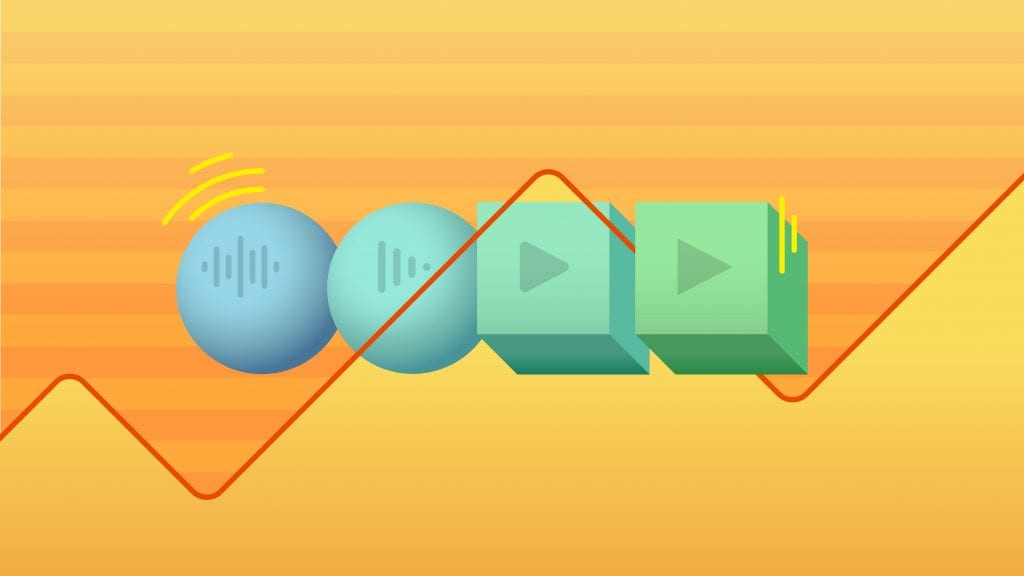
Do you think podcasts belong on YouTube? It’s a weird idea, we know. Your episodes are in audio format, and YouTube is a video-sharing platform.
But here’s the thing. YouTube has become a top podcasting platform that offers creators an excellent opportunity to reach more people with their shows.
Why Should You Upload Your Podcast to YouTube?
Due to the numerous benefits YouTube offers creators, there is a valid reason for podcasting on the video-sharing platform.
Reach a Huge, Active User Base
With nearly 2 billion logged-in viewers in a month, YouTube is actually the leading platform for listening to audio. According to IFPI’s Music Consumer Insights Report, the Google service is responsible for 47% of all on-demand music streaming time.
Furthermore, a 2019 University of Florida and Futuri Media study revealed that YouTube is the top destination for podcast consumption, scoring 70.2% among survey participants. For comparison, respondents rated Spotify, iTunes, and Google Play Music only at 33.9%, 32.6%, and 22.8%, respectively.
Based on the above stats, YouTube is a leading platform for not just videos but also for podcasts and music. For that reason, you don’t want to miss out on an excellent opportunity to syndicate your podcast and reach a massive base of active users.
And this audience might be a bit different than your regular podcast listeners. Two separate studies revealed that, while Apple and Spotify users mainly listen to news and comedy podcasts, YouTube users prefer to consume comedy, music, entertainment, pop culture, and “how-to” videos.
A Chance to Interact With Your Audience
Most podcast directories lack the ways creators can interact with their audience. Therefore, you have to take things to social media to hear what your listeners have to say.
On the other hand, YouTube allows users to rate the creators’ content and share their views in real-time via the comment section.
Use this chance to engage with your audience, gather valuable feedback, and respond to questions. By doing so, you can find out what content your listeners are looking for and how you can tailor your podcasts to suit their needs.
As a result, you can build a strong, long-lasting relationship with loyal users who regularly listen to your shows.
YouTube SEO Impacts Google Rankings
Did you know YouTube is the second most popular website on the globe?
For that reason, YouTube SEO has become a real thing. And, if you nail it with the right use of keywords, tags, descriptions, and titles, you can significantly grow your listener base.
On top of that, 15% of the video-streaming platform’s traffic comes from search engines. And, in addition to video-only search, Google often shows YouTube content among first page results for relevant terms.
Therefore, investing in YouTube SEO is an excellent way to get exposure for your podcasts on Google.
3 Ways to Turn Your Podcast Into a YouTube Video
Now that you know the benefits, let’s see the best ways to create YouTube videos from your podcasts.
1. Create Audiograms With Static Images
Unfortunately, YouTube doesn’t allow content creators to upload audio files (e.g., MP3s) to the streaming platform. Instead, you have to convert your records to a video format like MP4.
But that doesn’t necessarily mean that you need to film all your episodes with a camera.
Instead, you only have to add a video element to your audio to make it compatible with YouTube. This component can be as simple as a static image, which you display to users while an episode’s audio is playing in the background.
Still, a simple static image is not enough to prevent people from bouncing after watching the first couple of minutes. You need to add an extra element that captures and holds your listeners’ attention throughout the entire episode.
And that’s where audiograms come into play. An audiogram is a video file that includes a combination of the audio track, visual art, and a moving sound wave.
While it requires much less work than creating a video-recorded episode, adding audiograms to a podcast can get you quite good results.
Based on WNYC’s experiment, tweets with audiograms engaged users eight times better than those without. Headliner’s tests with social media posts showed similar results. In addition to a 320% click-through-rate (CTR) boost, audiograms received 4.6 times more clicks with an 80% cost-per-click (CPC) discount than static images.
To get started, check out Headliner or Wavve. Both are excellent tools for creating audiograms for your podcast episodes.
Pro tip: Add transcripts to the video to improve your audience’s engagement. In fact, a subtitle can increase the time one spends on the content by 40% while boosting the number of users who watch the video until the end by 80%.
Transcription is a time-consuming process. And it takes four hours for the average person to transcribe one hour of audio. To save time, check out Rev where professional transcribers do the work for you.
2. Record the Entire Episode on Video
For a full experience, you can film your podcast episodes with a camera and upload it on YouTube as a video.
Obviously, this requires some extra legwork on your end. You have to set up a camera for the recording and spend time getting familiar with your podcast script. You may also need to edit the video to cut unnecessary parts.
The good news is that you don’t necessarily have to purchase high-end equipment to film your episodes. A smartphone and a cheap attachable tripod are more than enough to record high-quality videos for your show.
In a worst-case scenario, you can use your laptop’s webcam for recording the video. With this method, you can utilize a call recorder app like Zoom or SquadCast to capture both audio and image content.
Also, you don’t have to rent a studio to record a decent video podcast. All you need is to set up your camera and make the area in the frame presentable. After some trials and errors, you will find the perfect angle for recording the episode.
Pro tip: When you interview someone, capture both the audio and the webcam video with an app. This makes your podcast more personal and allows listeners to see the person who is currently speaking.
3. Repurpose Soundbites to Create Teaser Content
If you fear that YouTube users will bounce from your episode without listening to the end, here’s an alternative option for you. And, if you use it right, it could get you excellent results.
Here, you film your podcast like with the previous method. However, instead of publishing the full episode, you repurpose the soundbites and create bite-sized (usually a few minutes long) content for YouTube.
Similarly to a movie trailer, you pick the most compelling part of an episode and upload it to the video-streaming platform in a searchable form.
If YouTube users enjoy the micro podcast, they can click a link to your website for listening to the full episode.
In addition to offering users a way to listen to the full version, each teaser should work as standalone content. By answering a single question in an episode, you can create shareable and SEO-friendly micro podcasts.
Pro tip: Finding the key moments of an episode takes time. However, you can create an audio transcript to skim through and speed up the process.
Need some help in transcribing your podcasts?
Check out Rev’s top-rated transcription service to get your episodes up and running!
How to Podcast on YouTube: Tips, Tricks, and Best Practices
Whichever method you use to turn your podcasts into YouTube videos, it’s crucial to follow the video-sharing platform’s best practices.
Below, you can find a handy list with the best tips and tricks for YouTube podcasters.
1. Add Closed Captions to Every Video
Closed captions transcribe all parts of the soundtrack (including the dialogue, background noises, and other non-speech information).
By adding closed captions to your podcast videos, you allow people with hearing disabilities to access your content.
Captions also help capture your listeners’ attention while improving user experience and boosting your SEO with crawlable text.
Check out this comprehensive guide on Rev’s blog to learn more about why you should use closed captions. You might also want to take a look at our captioning services.
2. Make Your Thumbnails Stand Out
Like covers for books, a thumbnail is a crucial asset for your YouTube content. In fact, 90% of the best-performing YouTube videos use custom thumbnails.
For that reason, you want them to stand out from the crowd. An attractive thumbnail encourages people to click, helping you to score better click-through-rates (CTRs) and improve your videos’ ranking. On top of that, it’s a good chance to provide context on the topic you will be speaking about.
Here are a few tips to ace your video thumbnails on YouTube:
- Use a clear, high-quality image with the right contrast, colors, and brightness
- Apply the rule of thirds to place the most important subjects to the right parts of your thumbnail
- Take advantage of the extra space to provide more information to users with visible, concise text on your thumbnails
- Feature a human face in your thumbnails to build an emotional connection with your audience
3. Create Compelling Artwork or Static Images
If you are looking to create a YouTube podcast with the audiogram method, it’s essential to feature captivating artwork (or static images) in your videos.
Therefore, you won’t achieve good results with a cheesy stock photo or an overused image about a microphone.
For both static images and artwork, you need a high-quality picture that expresses your podcast’s theme and one or two clear fonts to display concise text.
Optionally, you can create artwork from podcast directories, utilizing the same image in all your episodes on YouTube. To tell more about the core topic, you can also use a unique picture for each video episode.
Pro tip: Like with thumbnails, featuring a human face in your static image is a good way to make your episodes more human.
4. Add Timestamps to Create Video Chapters
Timestamps allow creators to link to specific parts or chapters of a video. Since May, YouTube officially rolled out Video Chapters, which already gathered tremendous positive feedback from users during the first tests.
And for a very good reason.
This feature allows your viewers to see and navigate between your video’s main topics via the progress bar. As a result, they can skip to the most relevant part to find the information they were looking for.
Besides decreasing the bounce rates, timestamps create a better user experience and make longer podcast episodes “more consumable” for listeners.
5. Use YouTube Analytics to Learn More About Your Audience
It’s often hard to get accurate data about your listeners on podcast host and directory sites.
Fortunately, YouTube Analytics provides creators access to numerous data points. Use this chance to learn more about your audience, their opinions, how they found your shows, and how long they listen to each episode.
The more data you have about listeners, the better opportunities you have to effectively engage them with your shows.
It’s Time to Podcast on YouTube
By now, you have learned the advantages of turning your podcasts into YouTube videos. You also know how to reap those benefits with one of the methods we listed in this guide.
And we are sure that you will achieve amazing results with your YouTube podcasts by following the platform’s best practices.
One of them is adding closed captions in all your video episodes. For $1.25 per video minute, you save time by using Rev’s professional service to make your podcasts more engaging and accessible to a broader audience.
Are you ready to start your podcasting journey on YouTube?
Transcribe your podcasts with Rev











